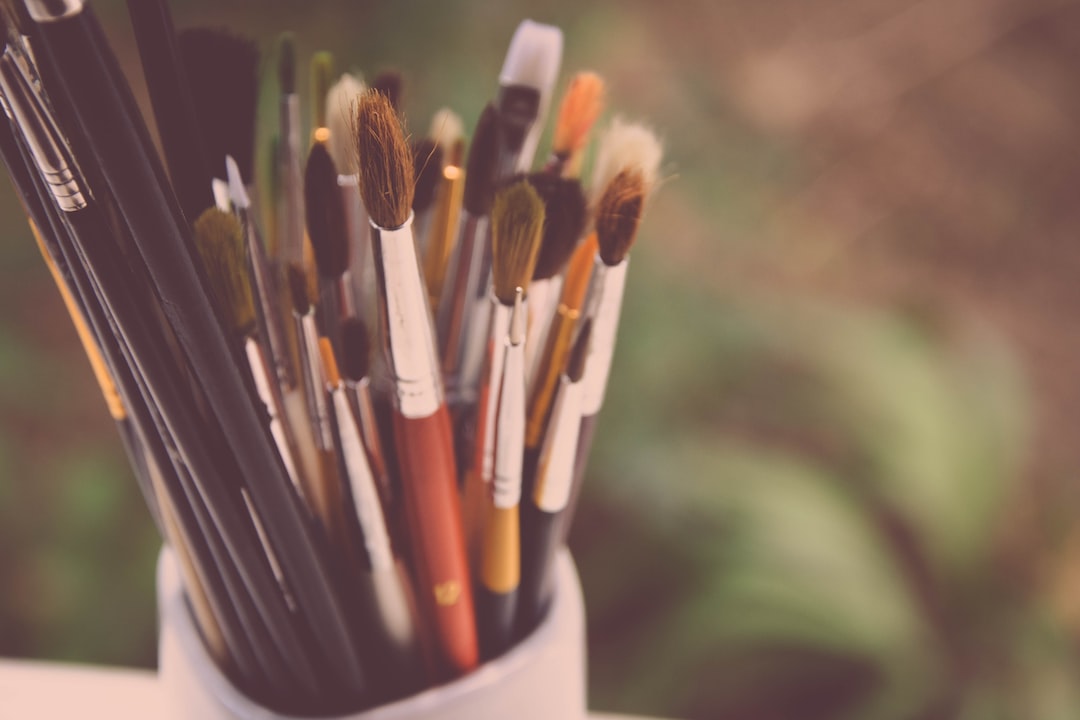When you think of traditional art forms, you may conjure up images of a painter with a palette and canvas or a sculptor working with clay. However, with the advent of technology, traditional art forms are increasingly integrating with the digital world. The intersection of technology and traditional art forms has resulted in an exciting new realm of creative possibilities that have forever changed the artistic landscape.
Technological advancements have brought about a new level of convenience, accessibility, and versatility to traditional art forms. One such example is the digitization of traditional artwork. Through a process known as digital imaging, artists can create high resolution, digitized versions of their paintings or sculptures. These digital versions can be reproduced with ease, enabling artists to sell their work online or display it on a range of digital devices. This has revolutionized the way art is distributed and consumed, making it more accessible to a wider audience than ever before.
Another area that has seen the intersection of traditional art forms and technology is in the realm of music. With the advent of digital music software, musicians can create and record a range of electronic beats and sounds, using these tools to mimic the sounds of traditional instruments or create entirely new ones. This has allowed musicians to expand their creative horizons, enabling them to explore new genres and collaborate with artists from different cultures and disciplines.
Innovative technology has also enabled artists to experiment with new forms of artistic expression. Virtual Reality (VR) technology, for instance, allows users to explore and experience art in a completely new way. This cutting-edge technology enables artists to create immersive, interactive installations that can be experienced from any location. In this way, virtual reality is breaking down the boundaries between the physical and digital worlds, resulting in new and exciting forms of art that are pushing boundaries and expanding our understanding of what art can be.
Despite the many benefits of incorporating technology into traditional art forms, some purists argue that this fusion of technology and art has diluted the purity of traditional art forms. However, with art being such a subjective experience, what is considered “pure” or “traditional” is ultimately up to individual interpretation. For many artists, the integration of technology has provided a new way of exploring the possibilities of traditional art forms, while also creating entirely new forms of artistic expression.
In conclusion, the intersection of technology and traditional art forms has resulted in an exciting new realm of creative possibilities that have forever changed the landscape of art. From the digitization of traditional artwork to virtual reality installations and beyond, the integration of technology into traditional art forms has opened up a whole new range of creative horizons for artists and art lovers alike. It remains to be seen what new and innovative forms of art will emerge as technology continues to evolve and expand our creative possibilities.

